By this point, you must already know that the business scene is growing super fast in India, and that’s how it has recently surpassed Japan to become the 4th largest economy in the entire world. That thing in itself speaks volumes about how fast India is growing. And to be honest, that is thanks to some of the big company names in the economic scene of the country. After all, the whole world is running because of the business scene, like everywhere you see, there is some business or trade happening. And on that very note, we’d like you to introduce us to the Top 10 Highest Market Cap Companies in India 2025, so you get the idea which companies are contributing the most to the Indian economy.
1. Reliance Industries Ltd. – ₹19.04 Trillion
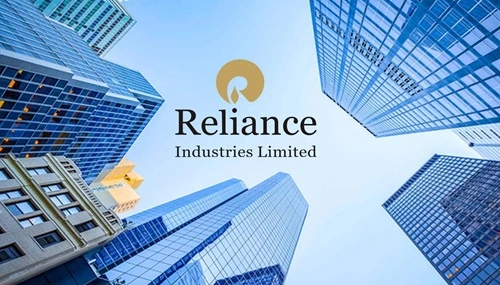
We should be honest, the number one position was not meant to go to any other company. RIL has been on top for a very long time, and it will also be the case in 2025. With a market cap exceeding ₹19.04 trillion, this giant of a company has its fingers in just about every sector, from energy, telecom (thanks to Jio), retail, and green energy, too. Despite being such a large empire, Reliance is still demonstrating steady progress. Moreover, if you consider that its share is going at about ₹1,408 with a stable P/E ratio of 23 to 25, then the argument of the company’s strength is even more apparent.
2. HDFC Bank – ₹16.1 Trillion
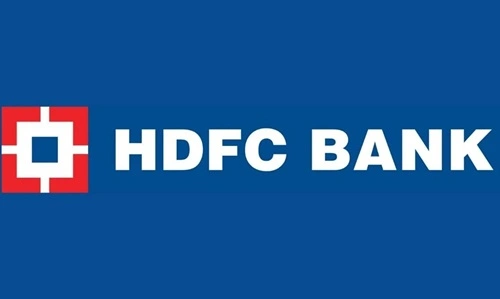
At the second spot, there is a company whose name is almost identical to the concept of private banking in India-HDFC Bank. It quite literally is the biggest bank in India right now, if you go by the market cap numbers. In the recent past, the bank has seen its profits go up and down, but it is still very stable with a market value of approximately ₹16.1 trillion. HDFC Bank is a solid company with a huge retail network and an excellent loan book. It trades at about ₹966 and has a P/E of about 21, which means it is still a leading bank in the financial sector and stays at the top of its well-earned position.
3. Bharti Airtel – ₹11.76 Trillion
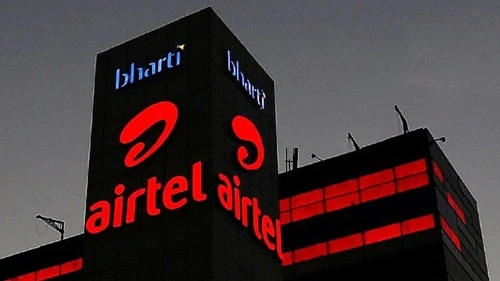
In 2025, Bharti Airtel did something really remarkable, making a leap to the third position with a market cap of almost ₹11.76 trillion. However, if you have been following the Indian telecom sector, this result would not shock you at all. Highlighted by strong subscriber additions and robust mobile/data revenues, Airtel is simply on another level with its positive streak. By the way, the 60%+ increase in profit quarter-on-quarter gives a clear indication of the reasons why investors cannot take their eyes off this telecom king.
4. Tata Consultancy Services (TCS) – ₹11.47 Trillion
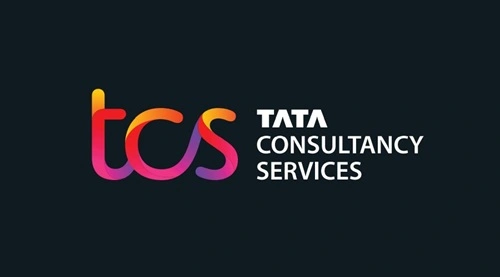
Although TCS may have lost a position this time, it remains that one cannot deny the fact that it is a technology powerhouse. TCS, which is ₹11.47 trillion in market cap and whose stock is around ₹3,165, is still very popular in the IT sector and occupies the fourth position today. Tata Consultancy Services is a company that provides consistent earnings, impressive return on capital, and has a loyal group of investors.
5. ICICI Bank – ₹10.2 Trillion
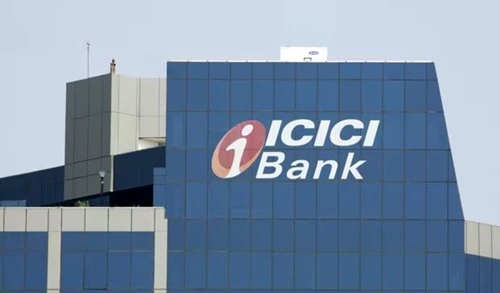
The next in line is ICICI Bank, staying at position number five and being present due to good things only. What about the market cap? Over ₹10.2 trillion. Stock price? About ₹1,402. However, the bank’s impressive double-digit profit growth and energetic digital expansion are what really catch the eye. ICICI is not just battling HDFC Bank anymore; it is surpassing the entire private banking industry by its own standards.
6. State Bank of India (SBI) – ₹7.96 Trillion
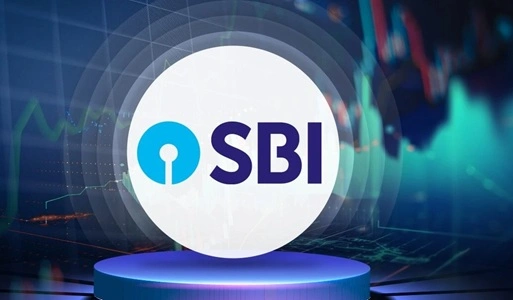
Of course, a bank owned by the state is still competing with private banks in a big way. With a market capitalization of almost ₹7.96 trillion and a share price of about ₹862, SBI is in sixth place. SBI recorded a net profit of more than ₹22,000 crores for the last quarter.
7. Infosys – ₹6.4 Trillion
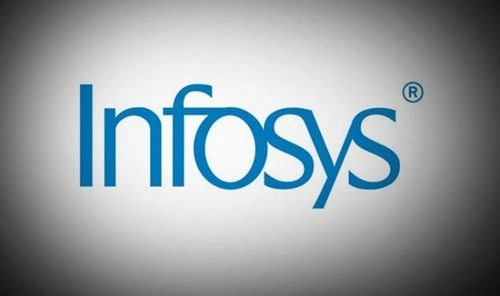
Infosys is in seventh position on the list. It is the second-largest company in the Indian IT sector, and we already know about it. Infosys, with a market cap of ₹6.4 trillion and a share price of approximately ₹1,535, is still one of the most reliable and consistent technology companies in India. The company’s revenue has increased modestly this year. However, the profits made every quarter are still above ₹6,900 crore.
8. Bajaj Finance – ₹6.16 Trillion
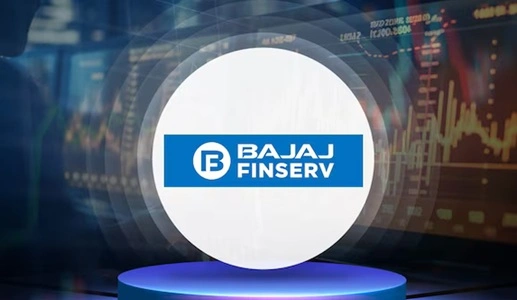
Bajaj Finance is the holder of the eighth place among the financial companies, and what is even more interesting is that it is not just a bank. The company, with a market cap of ₹6.16 trillion and a stock price of about ₹991, has attracted attention with its exceptional performance in the lending segment. The company has managed to construct a robust model with high asset quality and an exponentially growing customer base by utilizing various innovative financing strategies such as EMI financing and digital loans.
9. Hindustan Unilever Ltd. (HUL) – ₹6.01 Trillion

HUL is still the number one company that consumers and the organizations that investors keep an eye on. With a market cap of ₹6.01 trillion and a share price of about ₹2,561, the company is ranked ninth in India’s top 10 listed companies. In the Indian FMCG sector, HUL is still the biggest player by far. More than ₹2,700 crores in quarterly profits are being clocked, and a brand portfolio that is second to none is like an oil supply to the engine, making it work without any glitches.
10. Life Insurance Corporation of India (LIC) – ₹5.66 Trillion
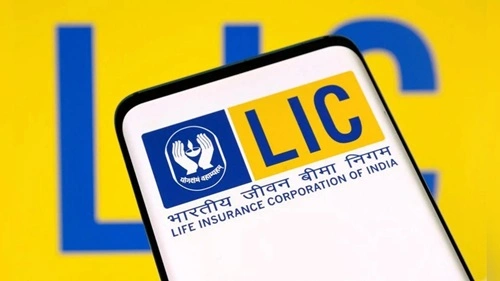
At the very bottom of the top ten is LIC, a major company in the insurance industry that is still very influential in the financial market. With a market cap of approximately ₹5.66 trillion and a share price of ₹891, LIC can not be considered the most agile, yet its magnitude is still quite impressive. Profits made on a quarterly basis exceeded ₹10,900 crore, just so you know.
Conclusion
There you have it. If you go by the market cap numbers for now, you’ll see these ten companies at the top of the charts with massive figures. Though keep in mind that market cap sometimes fluctuates a lot, so you can very well see some changes in this list in the coming few years or so.